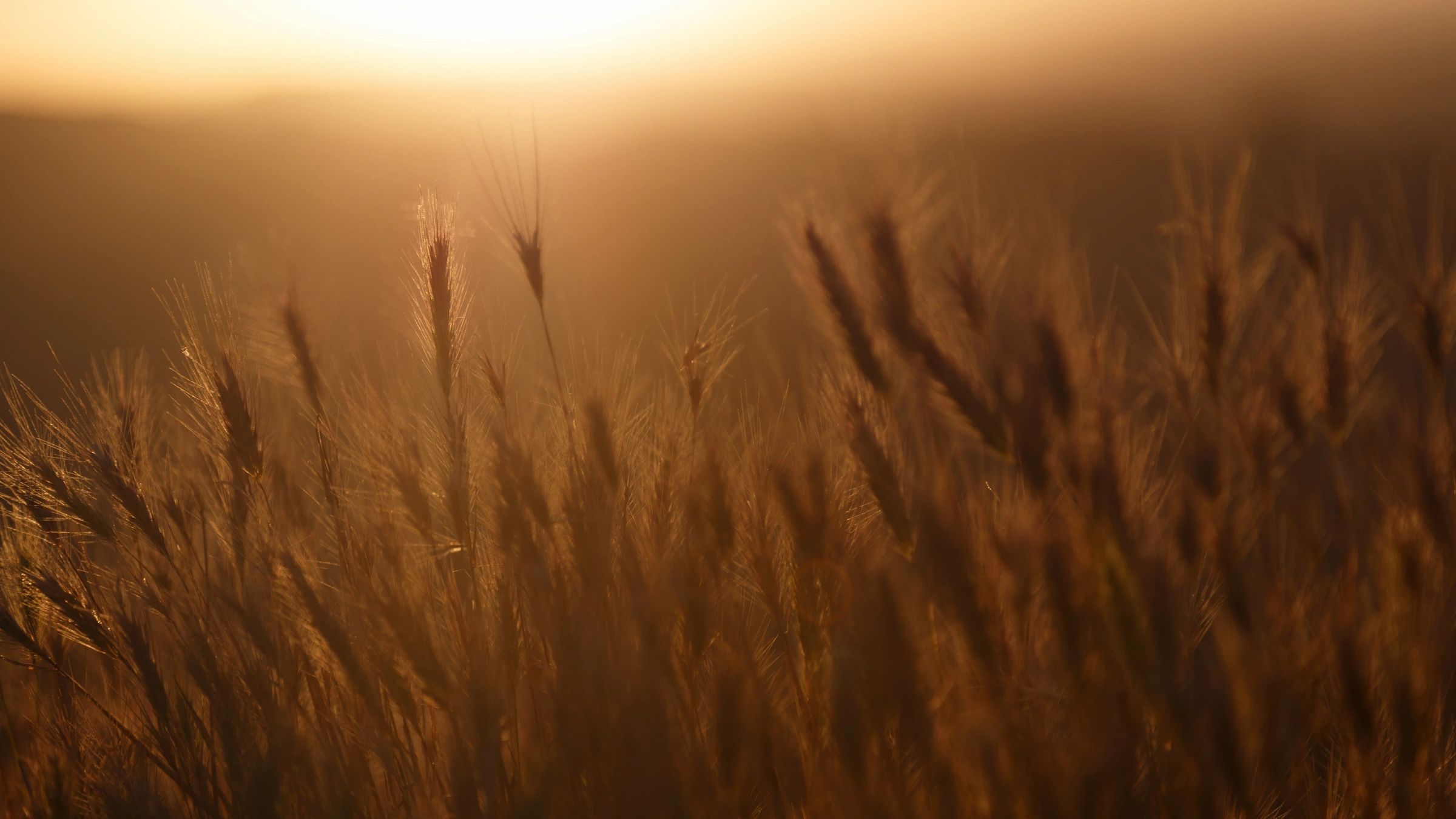When to Start a Vegetable Garden? | Vegetable| Guide


Ever Wondered How to Start a Vegetable Garden?
Learn how to start a vegetable garden, and when to plant certain vegetables.
Let’s get started!
When to Start?
When is the right time to start a vegetable garden? This is a question many gardeners ask themselves, especially those who are just starting out. The answer really depends on where you live, what vegetables you want to grow, and how much time you have to devote to your garden.
- Season: Most vegetable gardens are started in the spring when the soil begins to warm up and the threat of frost has passed. This allows the vegetables to grow in favorable conditions and maximize their potential.
- Frost dates: Determine the average last spring frost date and first fall frost date for your specific region. These dates will help you plan when to start and end your vegetable garden. You can usually find this information from local agricultural extension offices or gardening resources specific to your area.
- Vegetable preferences: Different vegetables have different temperature requirements. Some vegetables, like peas and radishes, can tolerate cooler temperatures and can be planted earlier in the spring. Others, like tomatoes and peppers, are more sensitive to cold and should be planted after the last frost date when the soil has warmed up.
- Soil preparation: Before planting, it’s important to prepare the soil by removing weeds, loosening it with a garden fork or tiller, and adding organic matter such as compost to improve its fertility and drainage.
- Seed starting: Some vegetables can be directly sown into the ground, while others benefit from being started indoors and transplanted later. If you choose to start seeds indoors, check the seed packet for recommended indoor start dates, usually 4-6 weeks before the last frost date.
Remember to consider the specific requirements of the vegetables you want to grow and adjust your planting schedule accordingly. Keeping track of local weather patterns and consulting with experienced local gardeners can also provide valuable insights.
Vegetables and Their Planting Time
Cool-Season Vegetables:
-
- Peas: Start planting in early spring, as soon as the soil can be worked.
- Radishes: Plant as soon as the soil can be worked in early spring and continue planting every few weeks for a continuous harvest.
- Lettuce: Start planting in early spring when the soil temperature reaches about 40°F (4°C).
- Spinach: Plant in early spring or late summer for a fall harvest.
- Carrots: Sow seeds in early spring for a summer harvest, or in late summer for a fall harvest.
Warm-Season Vegetables:
-
- Tomatoes: Start seeds indoors 6-8 weeks before the last frost date and transplant outside after the danger of frost has passed.
- Peppers: Start seeds indoors 8-10 weeks before the last frost date and transplant outside after the danger of frost has passed.
- Cucumbers: Directly sow seeds in the garden after the last frost date and when the soil has warmed up.
- Zucchini and Summer Squash: Directly sow seeds or transplant seedlings outdoors after the last frost date.
- Green Beans: Sow seeds directly in the garden after the last frost date and when the soil has
- warmed up.
Fall and Winter Vegetables:
-
- Broccoli: Start seeds indoors in early to mid-summer for a fall harvest or in mid to late summer for a winter harvest.
- Cauliflower: Start seeds indoors in mid to late summer for a fall harvest or in late summer for a winter harvest.
- Cabbage: Start seeds indoors in mid to late summer for a fall harvest or in late summer for a winter harvest.
- Brussels Sprouts: Start seeds indoors in mid to late summer for a fall harvest or in late summer for a winter harvest.
- Kale: Start seeds indoors or directly sow them in the garden in mid to late summer for a fall or winter harvest.
It’s important to note that these are general guidelines, and specific planting times can vary based on your local climate, frost dates, and the specific variety of each vegetable. Consulting local gardening resources or experienced gardeners in your area can provide more accurate and tailored information for your specific region.